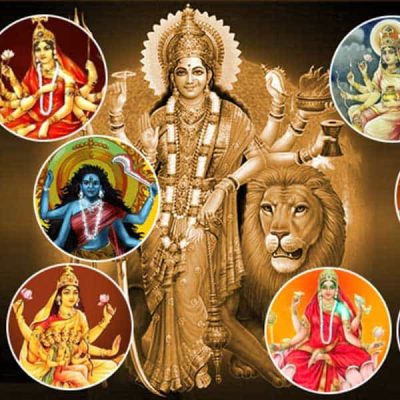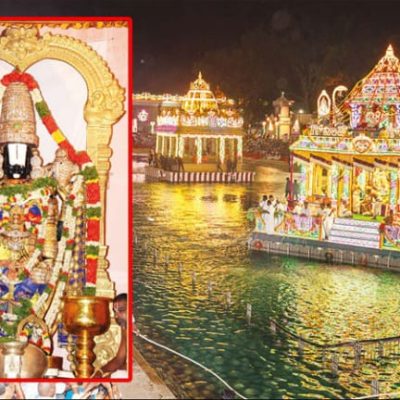Vallam Cave Temples, Kanchipuram

Address
Vallam Cave Temples, Kanchipuram
Chengalpattu circle,
Kanchipuram District,
Tamil Nadu 603002
Moolavar
Vedhaantheeswarar & Giri Varadharaja Perumal.
Amman
Sri Gnanambikai, Sri devi, Bhoodevi
Introduction
The Vallam Cave Temples, dedicated to Vedhaantheeswarar and Giri Varadharaja Perumal, are situated in Vallam, a village near Chengalpattu in the Kanchipuram District of Tamil Nadu. These rock-cut shrines are known for their historical significance and architectural beauty.
Puranic Significance:
- These rock-cut temples are believed to have been constructed during the reign of Mahendra Varma Pallava, which makes them more than 1,500 years old.
- The village of Vallam was historically known as Valla Naadu, part of Kalathur Kottam. The site offers a panoramic view of Chengalpattu and the Kolavai Lake, especially during sunset. Locals refer to it as “Malai Kovil,” meaning “hill temple.”
Vedhaantheeswarar Cave (Cave No. 1):
- This is the uppermost rock-cut cave on the hill. It has a Mahamandapam, which is enclosed with iron grills because the cave is still in use as a live temple.
- The front façade of the cave is supported by two pillars and two pilasters, dividing it into three openings. The pillars and pilasters are divided into cubical top and bottom (saduram) and an octagonal middle part (kattu).
- The cave is divided into ardhamandapa and mukha-mandapa, each containing two rows of pillars and pilasters.
- Two small niches are present beyond the pilasters, with one housing an image of Valampuri Ganesha. The other niche contains a worn-out image of Jyestha, without her usual companions.
- A cell is cut into the back wall, which contains a Shiva Lingam, and there is an image of Nandi facing the shrine.
- The cave is beautifully painted, and it is believed that the paintings have concealed many original features.
Giri Varadharaja Perumal Cave (Cave No. 2):
- This cave is situated below the first cave on the same boulder.
- Unlike the first cave, it is not currently under worship.
- This smaller cave does not have any pillars to form a mandapa, but it contains a cell cut into the back wall, which houses a Shiva Lingam.
- There are worn-out dvarapalas (guardian figures) at the entrance, along with a Valampuri Ganesha image. The cave seems to have been excavated later than the first cave.
Vishnu Temple Cave (Cave No. 3):
- This cave is the northernmost of the three caves at Vallam and is dedicated to Lord Vishnu, known locally as Karivaradaraja Perumal.
- The cave, a simple creation, does not have any mandapa and features a cell cut into the vertical face of the rock.
- Despite the absence of pillars, a simulation of corbel style is seen.
- A Vishnu image, along with his consorts, has been placed inside the central cell. Dvarapalas are also found outside the sanctum.
- Notably, the temple also houses a Durga image, which is unusual for a Vishnu temple. This image shows Durga standing in a sambhaga posture with four hands. Durga is shown with a shankha and chakra in her upper hands, and her lower hands are in abhaya mudra.
- This cave appears to have been excavated after the time of Rajasimha and features dvarapalas similar to those in the inner shrine of Dalavanur Cave Temple, despite being a Vishnu temple.
These Vallam Cave Temples are not only significant for their historical and architectural importance but also for their unique combination of Shaiva and Vaishnava shrines in close proximity.
Century/Period
1500 Years Old
Managed By
Archaeological Survey of India (ASI)
Nearest Bus Station
Chennai
Nearest Railway Station
Chengalpattu
Nearest Airport
Chennai





